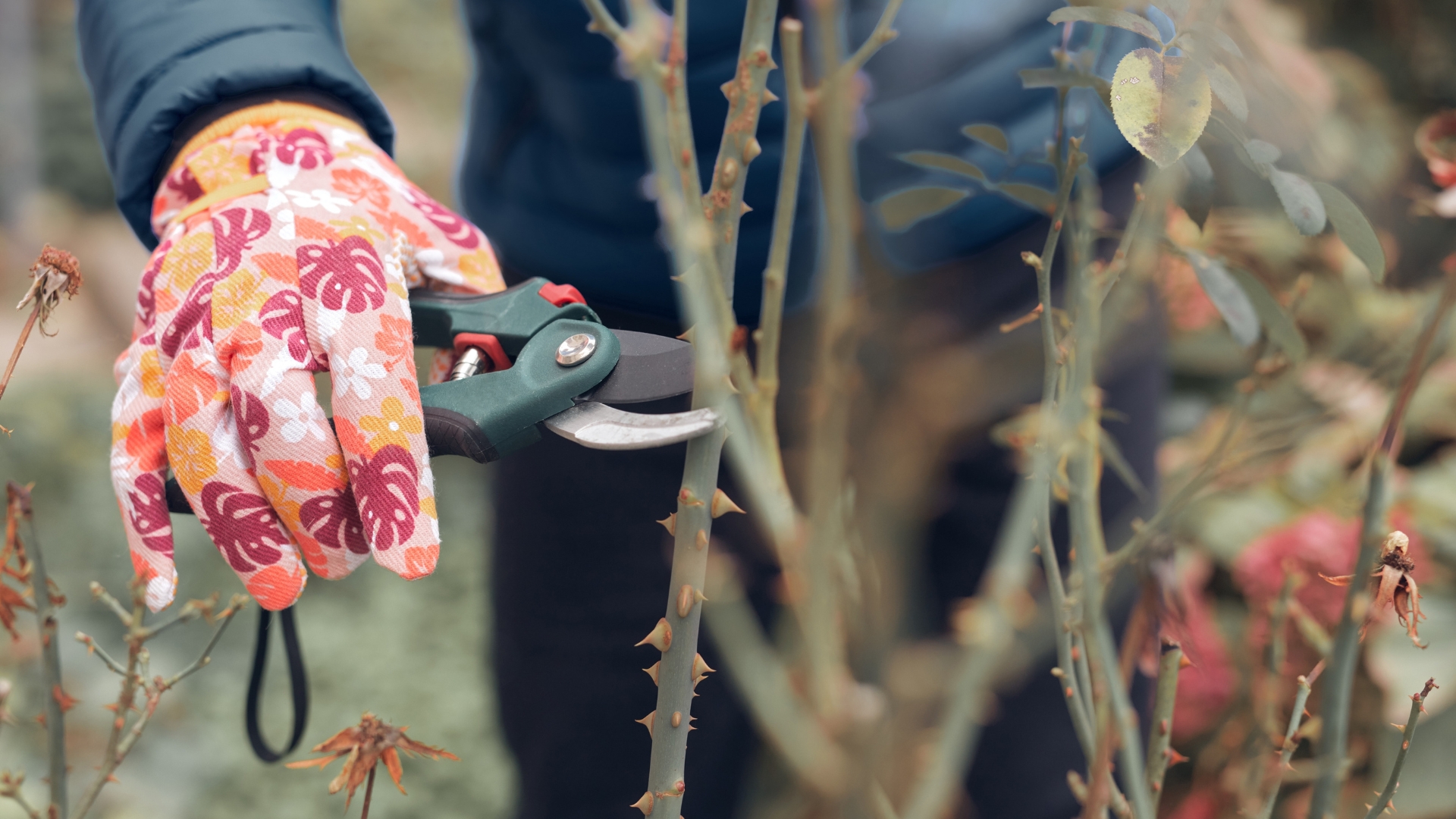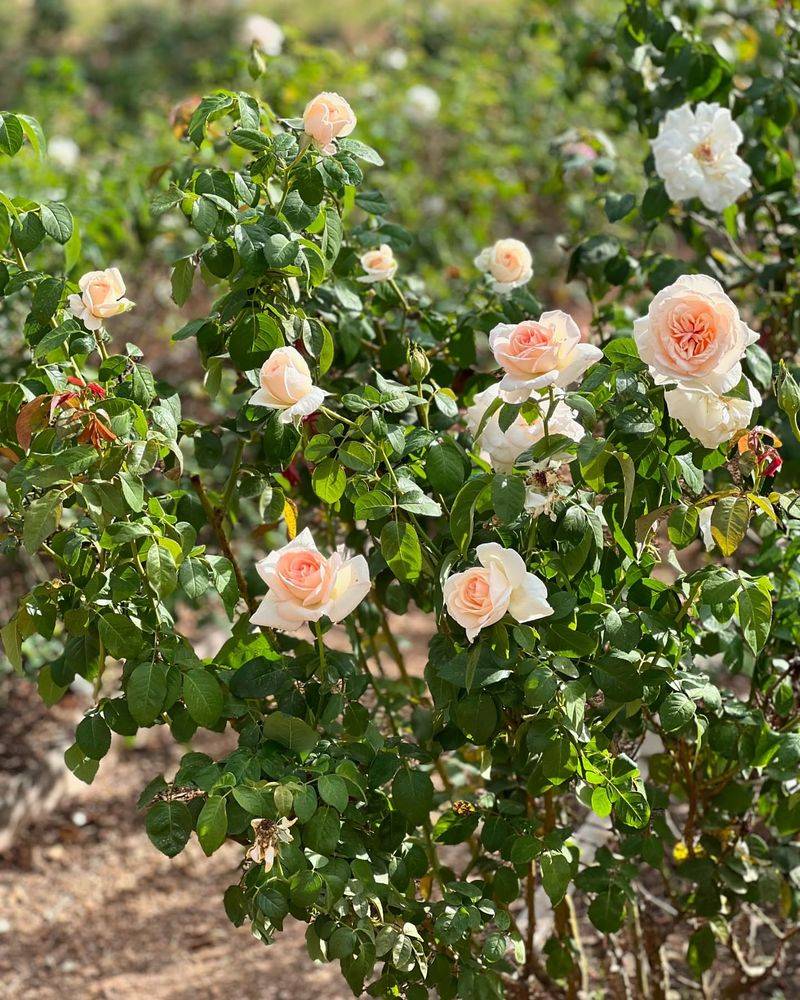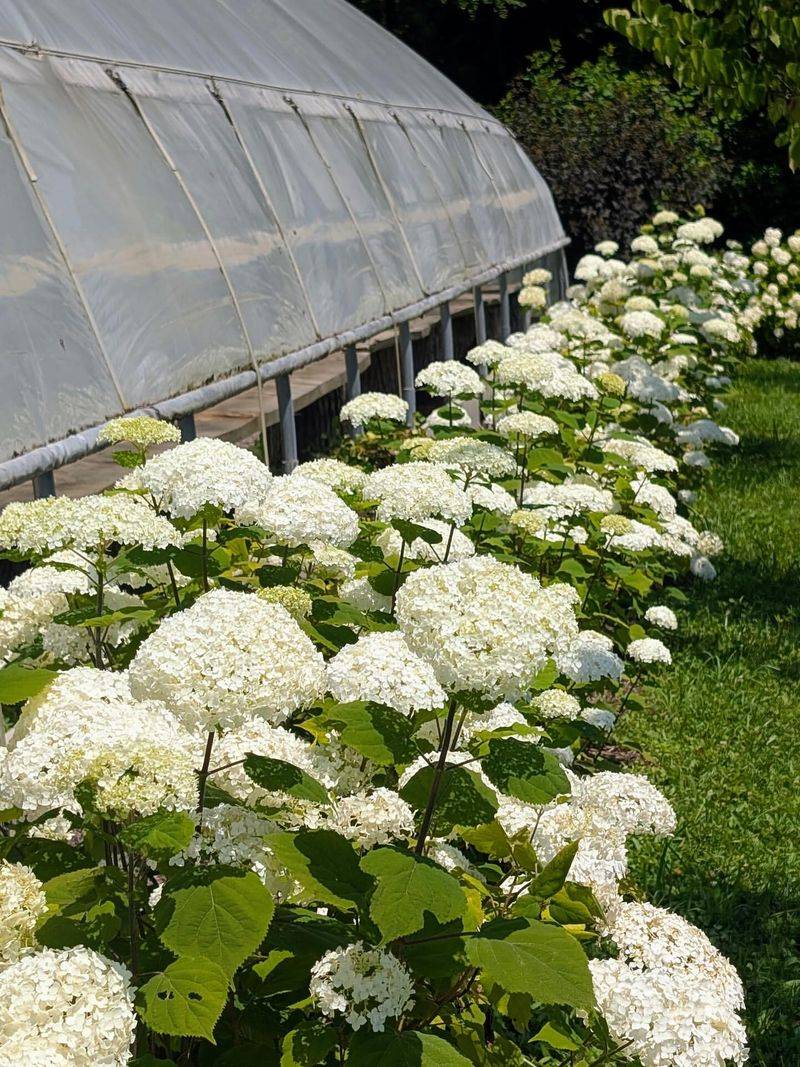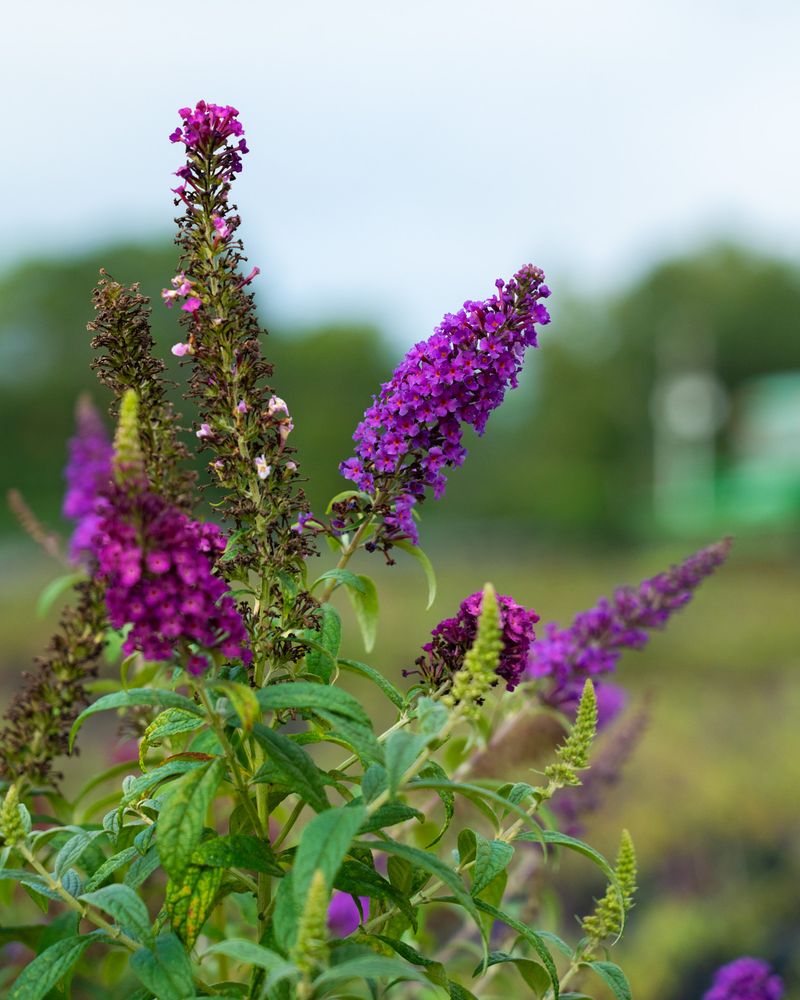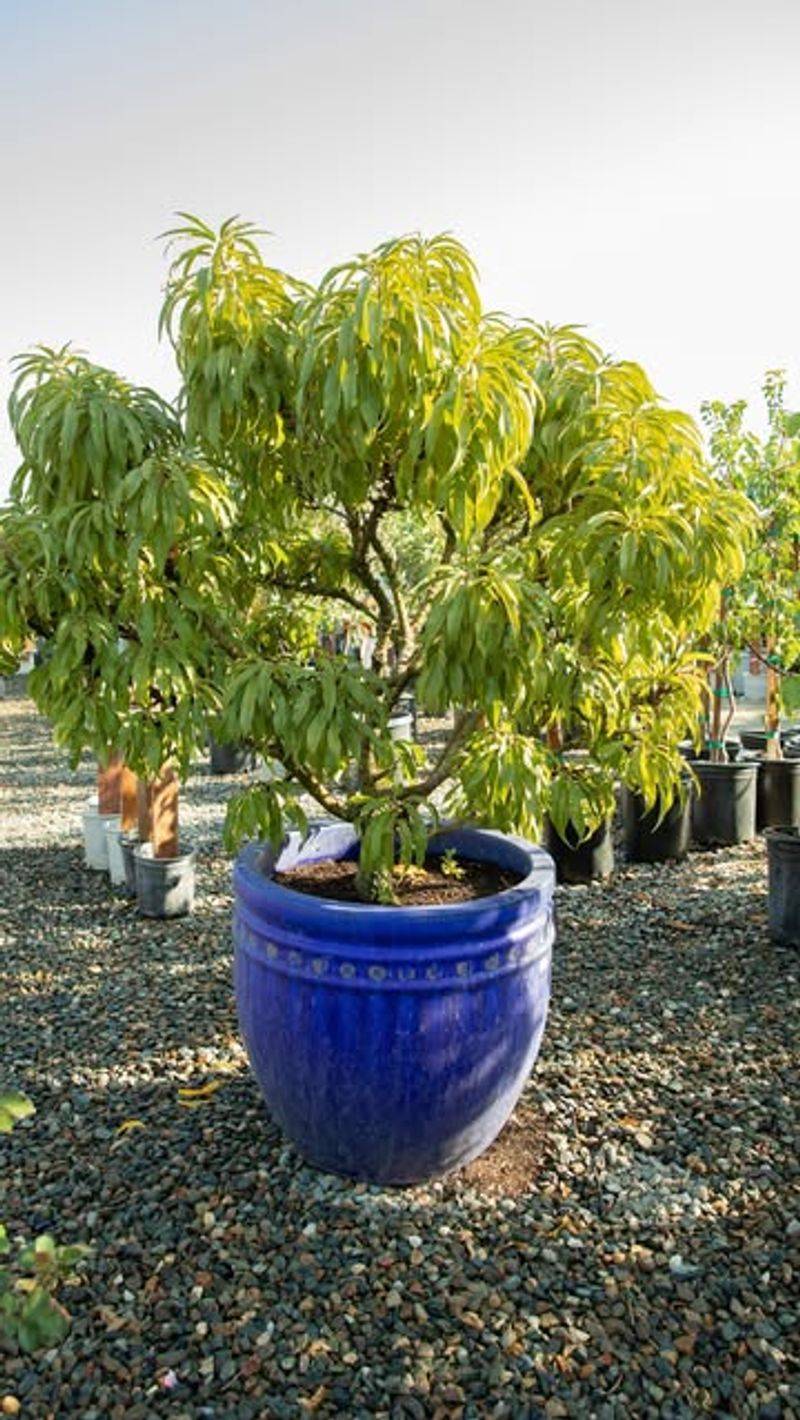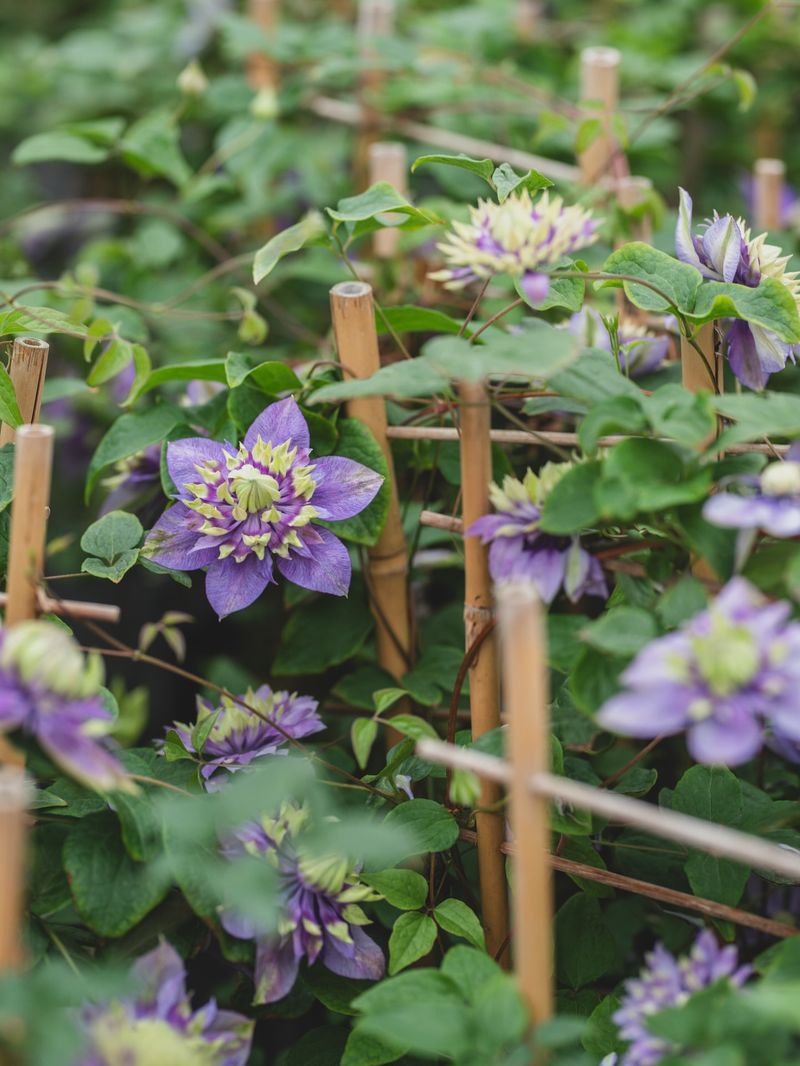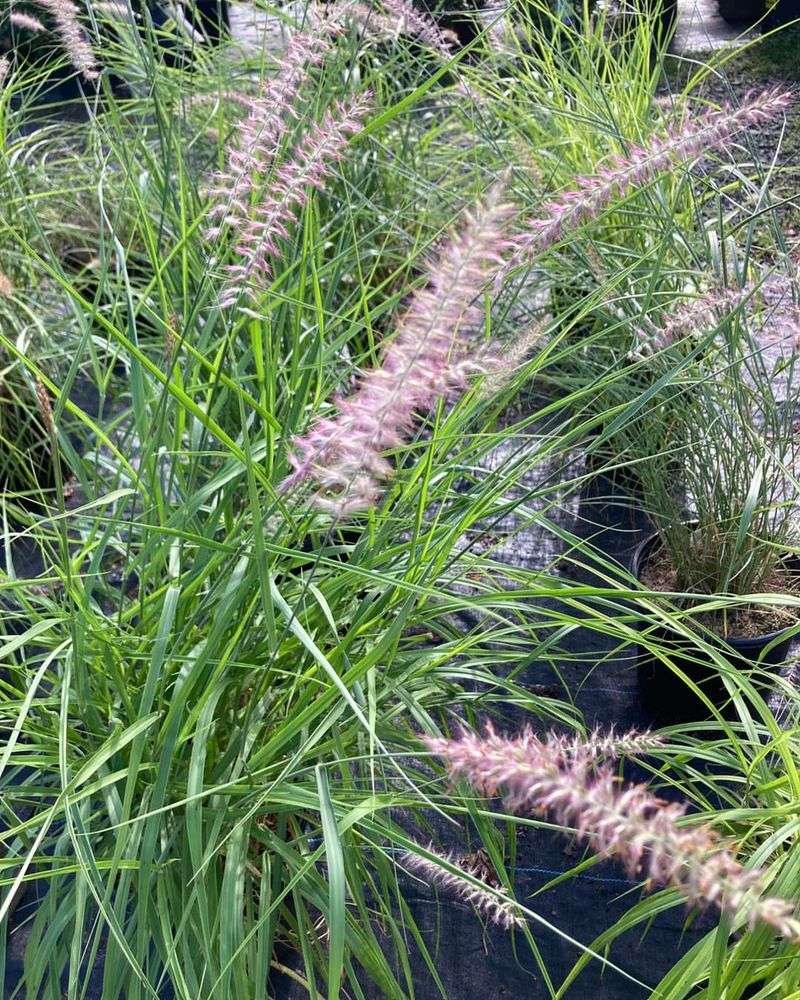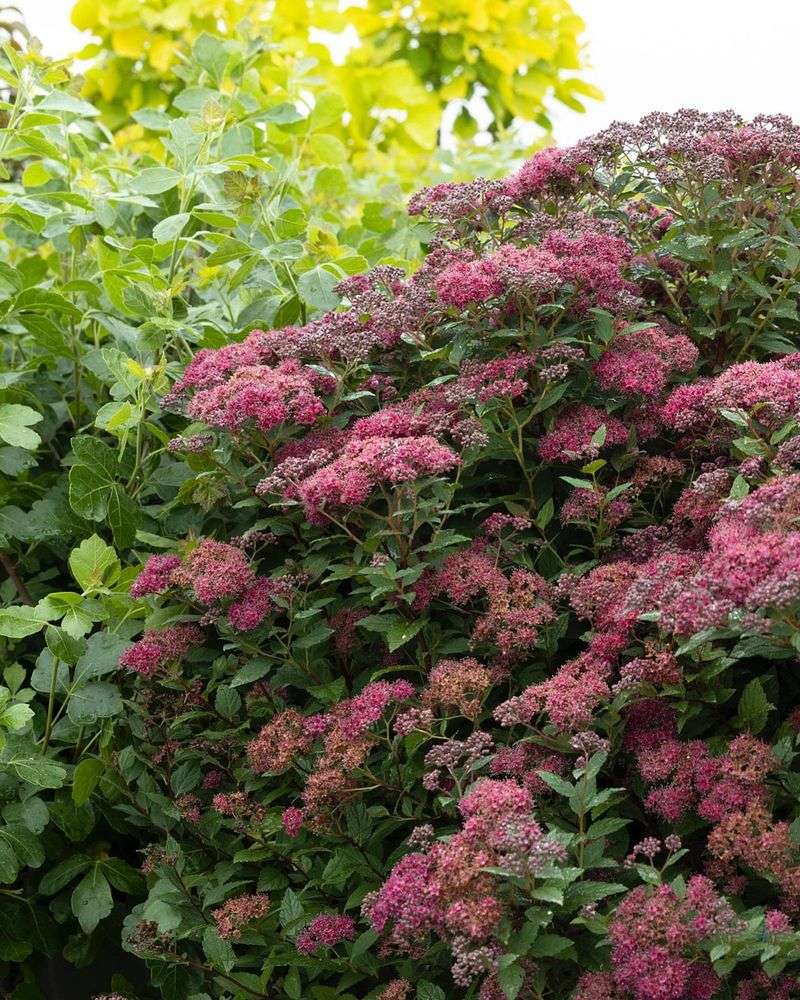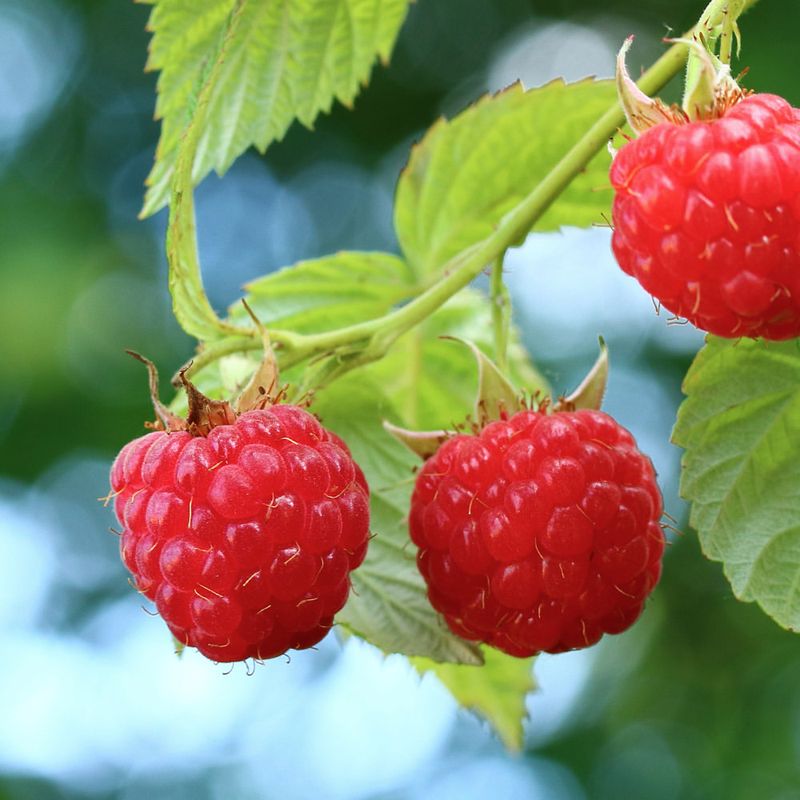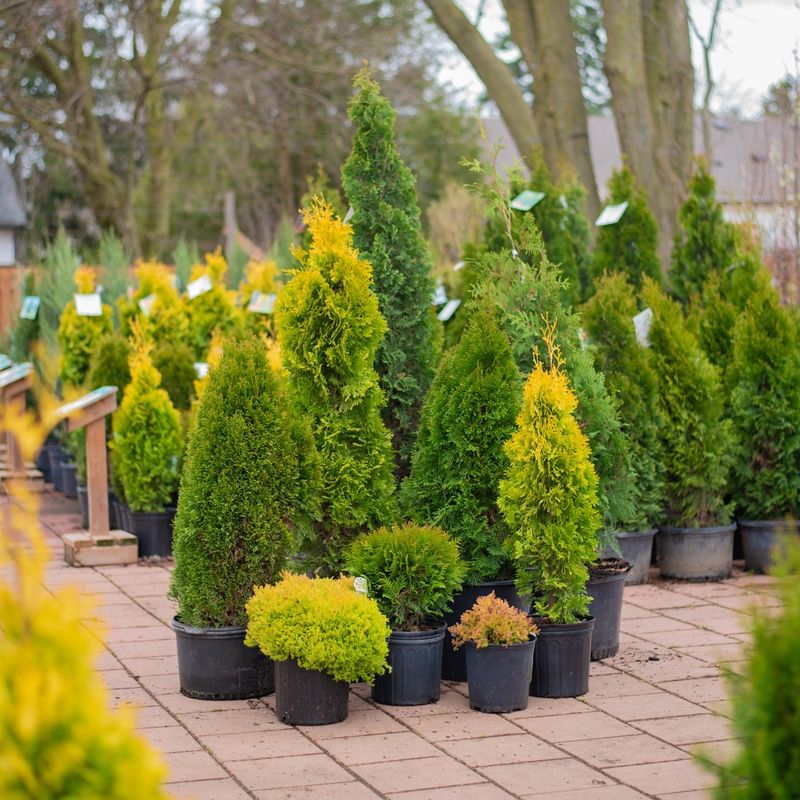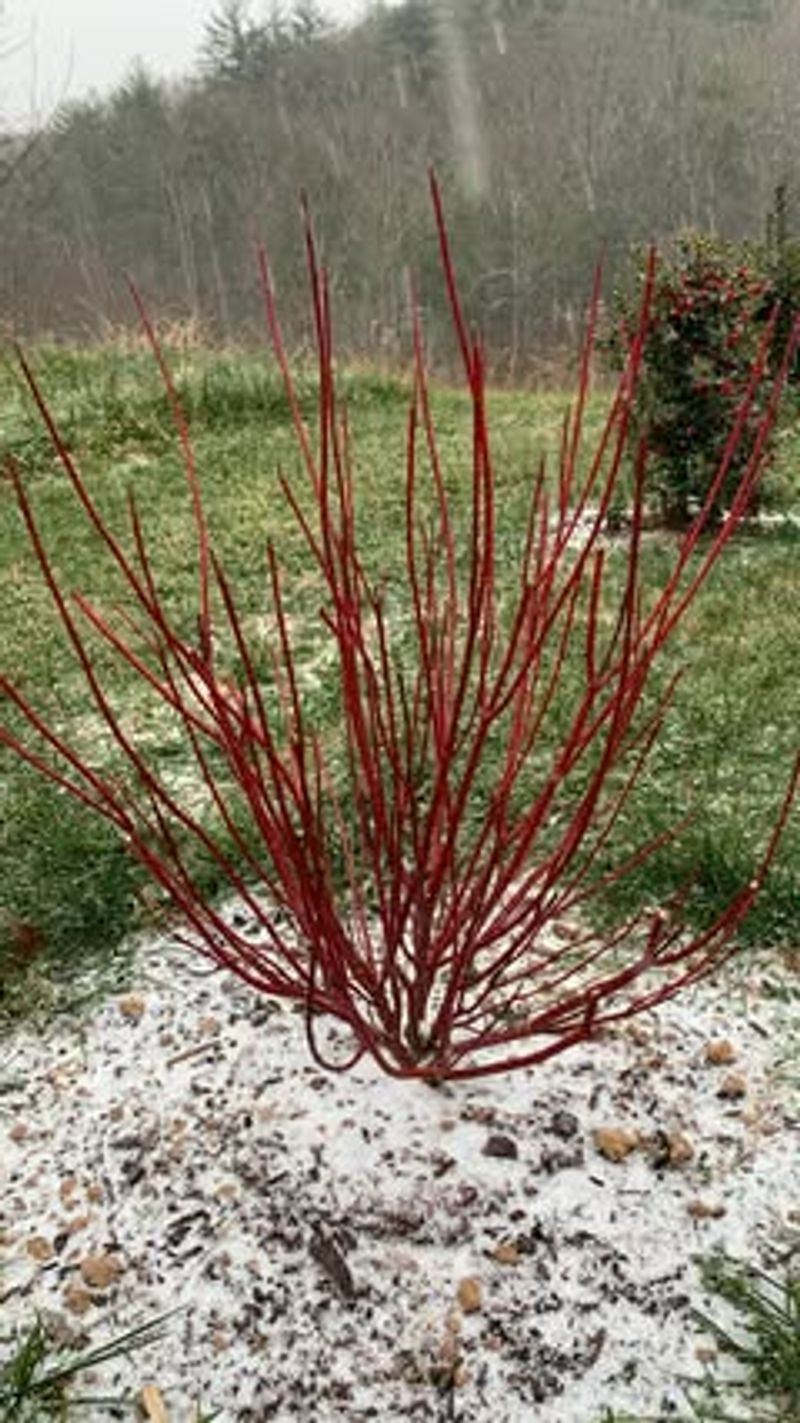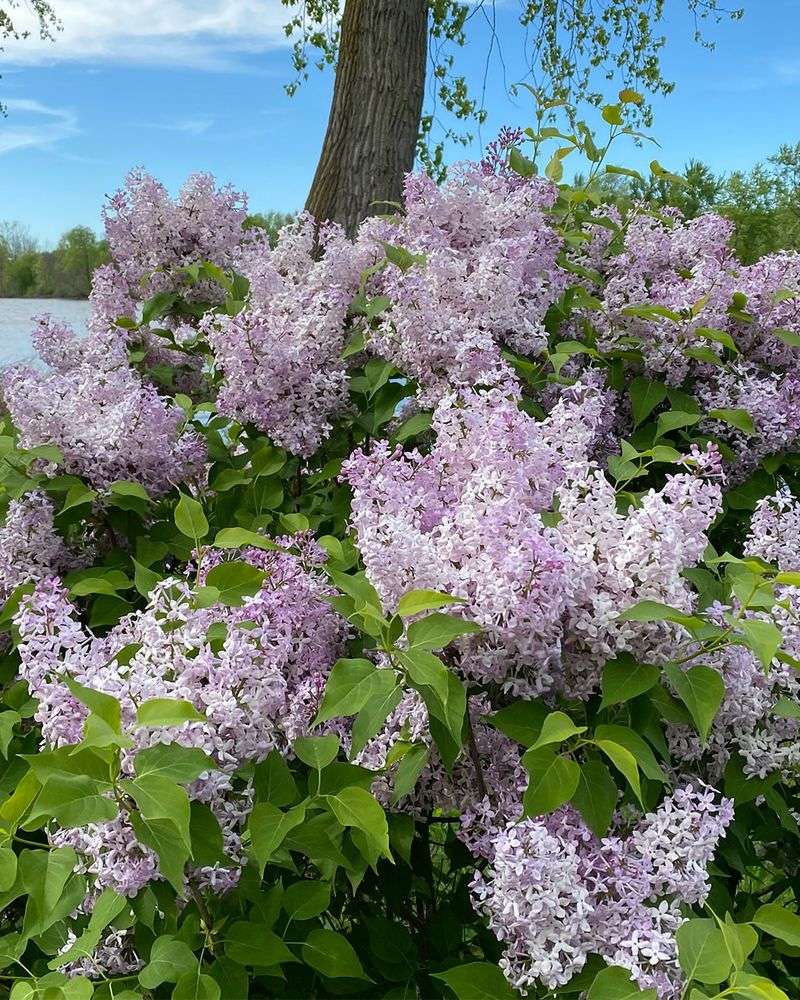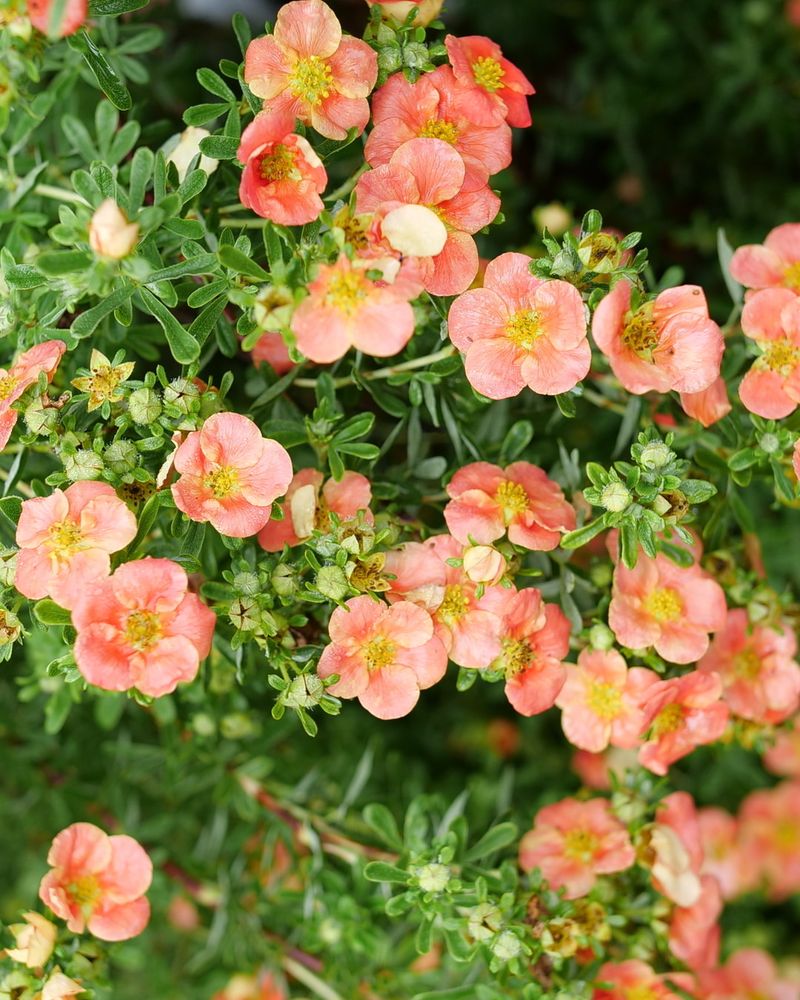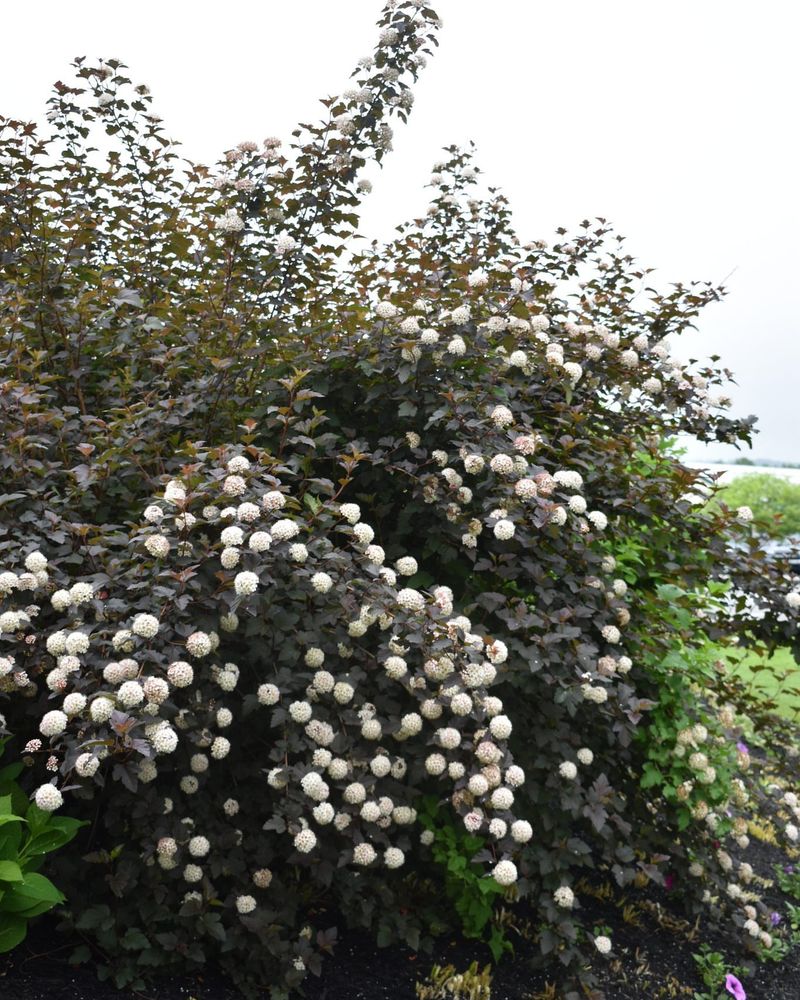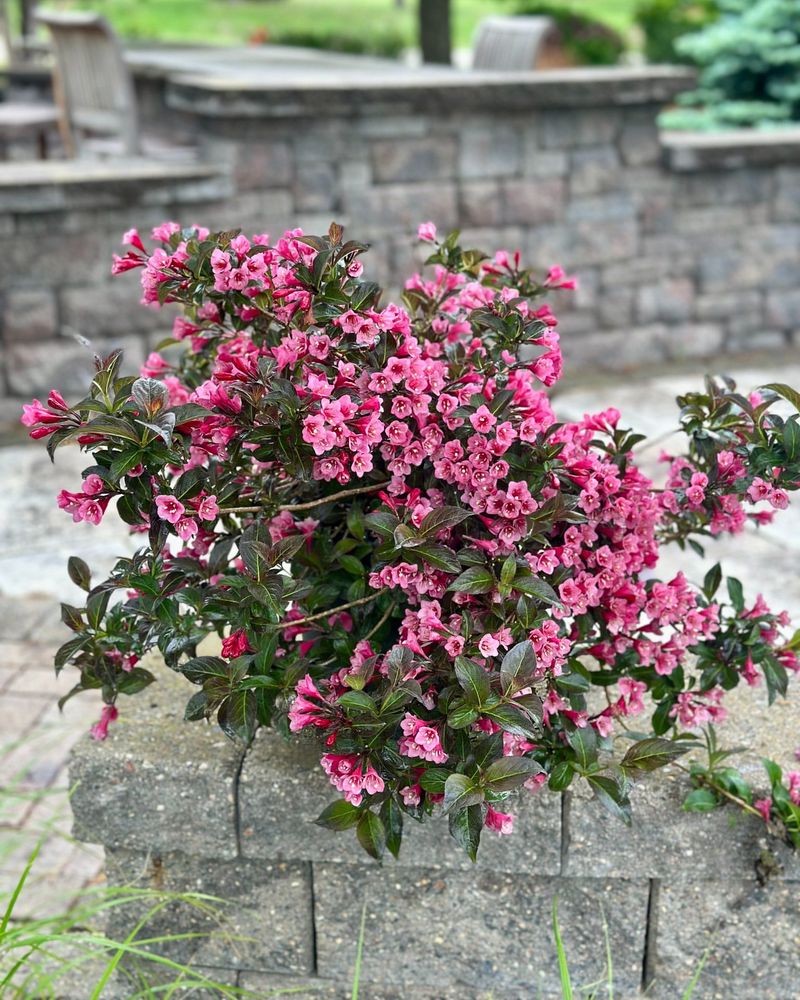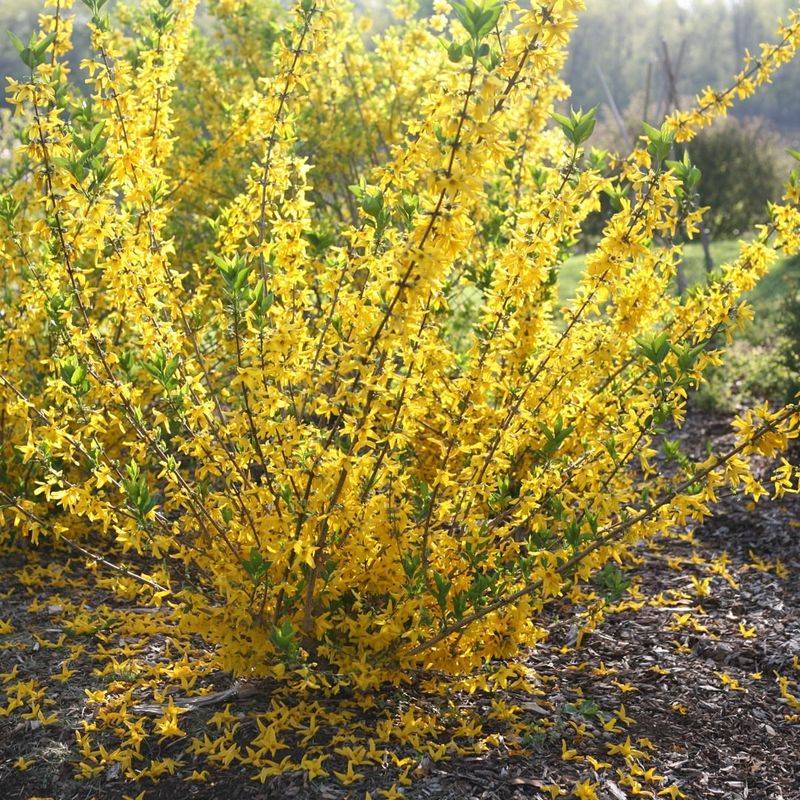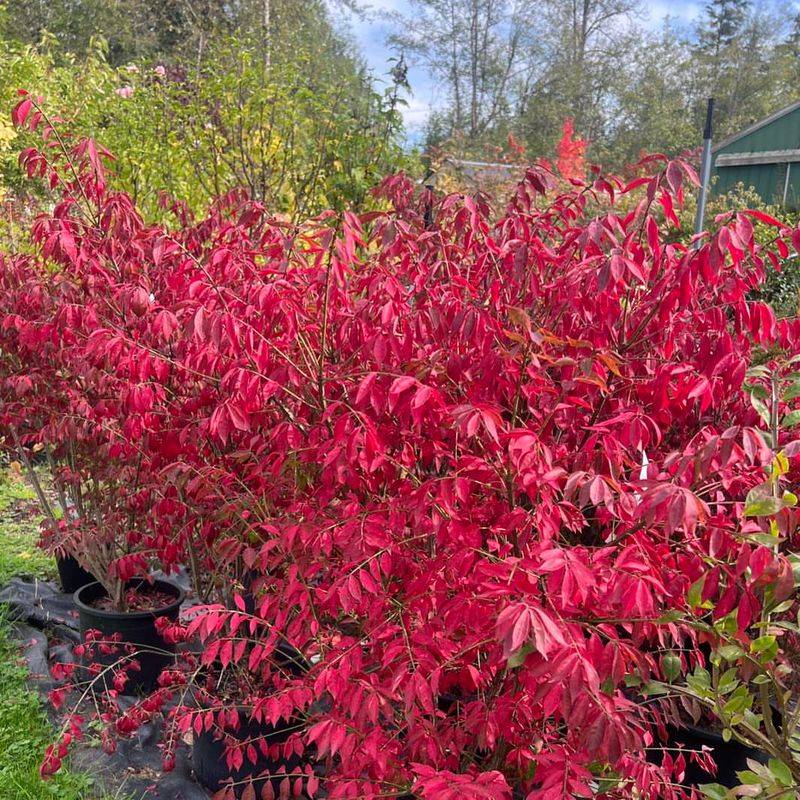Michigan gardening season is rolling along—and believe it or not, now’s the perfect week to grab the pruning shears. Certain plants thrive when given a trim at this exact moment, and I’ve seen firsthand how a little snip can spark a burst of new life.
These 17 green delights are asking for a haircut this week to keep them healthy and ready for late season blooms. Think cleaner shapes, stronger growth, and fewer pests—your garden will thank you.
Let’s get your pruning game on point and make your Michigan garden look even more fabulous!
1. Roses
Early spring is perfect for giving your roses a fresh start in Michigan gardens. Remove any dead or diseased canes and shape the bush for better airflow.
Cut back to healthy, outward-facing buds at a 45-degree angle. Michigan rose enthusiasts know that proper pruning now leads to spectacular summer blooms.
2. Hydrangeas
Michigan gardeners should handle hydrangeas with care this week. Only prune specific varieties like Annabelle or PeeGee now, leaving mopheads and oakleafs alone.
Remove dead wood and cut back last year’s stems on reblooming varieties. The Great Lakes State’s climate makes hydrangeas thrive when properly maintained.
3. Butterfly Bush
Now’s the time for Michigan gardeners to cut butterfly bushes back hard. Don’t be shy – trim these vigorous growers to about 12 inches from the ground to encourage bushy growth.
Fresh spring growth will quickly replace what you’ve removed. Across Michigan’s varied climate zones, butterfly bushes respond wonderfully to this aggressive spring haircut.
4. Fruit Trees
Michigan’s apple, cherry and peach trees need attention before their buds fully open. Remove crossed branches, water sprouts, and any limbs showing signs of disease.
Thin interior growth to improve sunlight penetration and air circulation. The Mitten State’s fruit growers know that proper pruning now leads to better harvests later.
5. Clematis
Know your clematis type before pruning in Michigan gardens. Group 3 varieties (summer/fall bloomers) should be cut back to 12 inches now, while Groups 1 and 2 need gentler treatment.
Look for swelling buds to guide your cuts. Michigan’s changing spring temperatures make timing important for these beautiful climbing vines.
6. Ornamental Grasses
Last year’s dried plumes have protected your ornamental grasses through Michigan’s harsh winter. Cut them back now to about 4-6 inches before new growth emerges fully.
Use twine to bind large clumps before cutting for easier cleanup. Michigan gardeners appreciate how quickly these grasses recover after a good spring trim.
7. Blueberries
Michigan’s famous blueberry bushes benefit from careful spring pruning. Remove dead wood and any branches older than four years, which produce less fruit than younger stems.
Thin crowded areas to improve berry size and quality. In Michigan’s acidic soils, well-pruned blueberries reward gardeners with abundant summer harvests.
8. Spirea
Spring-blooming spireas in Michigan should wait until after flowering, but summer bloomers need pruning now. Cut summer varieties back by one-third to encourage fuller growth and better blooms.
Remove any dead or damaged branches regardless of variety. Michigan gardeners love how these versatile shrubs respond to proper timing of maintenance.
9. Raspberry Canes
Michigan berry lovers should tackle raspberry pruning now. Remove all dead, damaged, or diseased canes at ground level, and thin remaining canes to 4-6 inches apart.
For summer-bearing varieties, remove canes that fruited last year. Throughout Michigan’s fruit-growing regions, well-pruned raspberries produce more abundant harvests.
10. Evergreen Shrubs
Early spring is ideal for shaping Michigan’s yews, junipers and arborvitae. Use sharp shears to trim lightly, maintaining the natural form while removing winter damage.
Avoid cutting into old wood that lacks needles or leaves. Michigan’s landscape professionals recommend this timing to allow new growth to cover pruning cuts.
11. Red-Twig Dogwood
The bright stems that brightened Michigan’s winter landscape need attention now. Remove about one-third of the oldest stems at ground level to encourage vibrant new growth.
These new stems will provide the most dramatic red color next winter. Across Michigan’s varied growing zones, these native shrubs respond well to regular renewal pruning.
12. Lilacs
Michigan’s beloved lilacs need minimal pruning, but timing is crucial. Remove spent blooms immediately after flowering, along with any dead or damaged wood.
For overgrown shrubs, remove one-third of the oldest stems at ground level. Throughout Michigan’s communities, these fragrant spring favorites benefit from this selective approach.
13. Potentilla
These tough Michigan landscape favorites benefit from rejuvenation now. Cut the entire shrub back to about 6 inches from the ground every few years for renewed vigor.
For routine maintenance, remove one-third of the oldest stems. Michigan gardeners appreciate how these yellow-flowering shrubs bounce back quickly after pruning.
14. Ninebark
Michigan gardeners should give ninebark shrubs attention now. Remove dead or damaged branches and thin out crowded areas to maintain their attractive arching form.
For older plants, remove a few of the thickest stems at ground level. These native Michigan plants are forgiving of pruning mistakes and recover quickly.
15. Weigela
Spring is perfect for shaping Michigan’s weigela shrubs. Remove one-third of the oldest stems at ground level to encourage new growth and better flowering.
Lightly trim remaining branches to maintain an attractive form. Throughout Michigan’s gardens, these reliable flowering shrubs respond well to this renewal approach.
16. Forsythia
After Michigan’s forsythias finish their golden spring show, prune them promptly. Cut one-third of the oldest stems at ground level to encourage fresh, flowering growth.
For overgrown shrubs, more aggressive renewal is fine. Michigan gardeners find that these early spring bloomers forgive even drastic pruning measures.
17. Burning Bush
Michigan landscapes often feature these colorful shrubs that benefit from spring shaping. Remove any dead branches and lightly trim to maintain desired size and form.
For rejuvenation, cut one-third of oldest stems to ground level. Throughout Michigan’s suburban gardens, these fall standouts respond well to consistent pruning attention.

